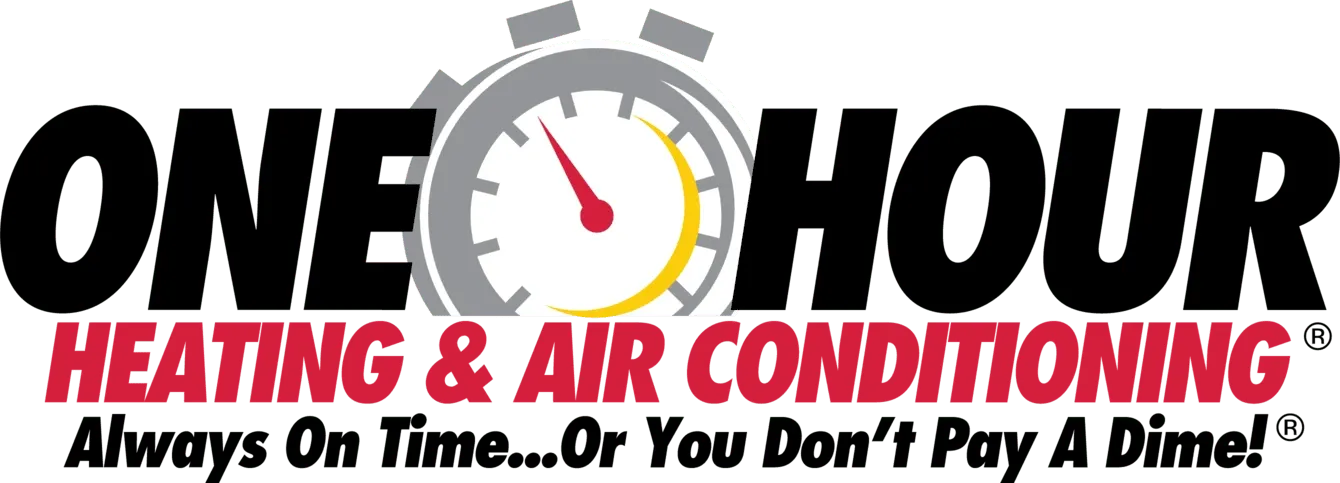The 5 Most Common Home AC Problems in Yuma (and What to Do)
Summertime in Yuma is not a good time to deal with air conditioner problems. Facing AC issues in the heat of the Arizona summer can be downright dangerous and even life-threatening, so you don’t have time to waste.
While most HVAC issues should be handled by a qualified professional, there are some simple steps you can take to troubleshoot common air conditioner problems.
5 Common Home AC Problems
Over the years, we’ve learned that most AC service calls come down to one of these five issues. Feel free to use the included simple tips to pinpoint—and possibly even resolve—what’s causing your AC not to run properly. (Note that the list below specifically addresses central air conditioner problems, not window units, portable air conditioners, or swamp coolers.)
1. An Electrical Problem
A central air conditioner relies on electricity to cool a home. Damaged wiring and tripped circuit breakers are two of the most common electrical problems that can prevent an AC unit from turning on.
Troubleshooting Tips:
- Check the air conditioner’s circuit breaker in the electrical panel. If the circuit breaker is tripped, reset it. The AC should start running again shortly.
- If a tripped breaker isn’t the problem, look around the AC unit for signs of damaged or disconnected wires. Call your local HVAC professional to repair any wiring issues.
2. A Frozen Evaporator Coil
Evaporator coils in the condenser (the outdoor unit) may freeze over when airflow becomes restricted. This is one of the most common air conditioner compressor problems that can cause the system to shut down. The most common situations that restrict airflow are dirty air filters and blocked air ducts.
Troubleshooting Tips:
- Replace the indoor HVAC unit air filter(s) (and change them monthly during the summer, when your air conditioner runs frequently).
- Make sure furniture and other items are not obstructing air vents.
- Consider having your air ducts cleaned to facilitate optimal airflow.
3. A Clogged Condensate Tube
Part of an air conditioner’s process creates condensation. That water has to exit the unit somehow, usually through a condensate drain tube. Over time, those tubes can become clogged with mineral deposits or debris. If a clogged condensate tube isn’t remedied right away, the water backing up can cause damage to the home and reduce the air conditioner’s efficiency.
Troubleshooting Tips:
- While the AC is running, watch to see if water drips out the end of the condensate tube. If there’s no drip, look around the AC unit for signs of water pooling.
- Call your local HVAC professional to clean or replace a clogged condensate tube.
4. A Refrigerant Leak
Air conditioners come equipped with the ideal amount of refrigerant in them. Refrigerant lines can eventually spring tiny leaks, reducing the refrigerant level and increasing how hard the system works to cool the home. Low refrigerant is another common air conditioner compressor (outdoor unit) problem that can cause the system to fail.
Troubleshooting Tip:
- With the air conditioner off, remove your outdoor AC unit’s control panel cover and look for a refrigerant pressure or level gauge. If the refrigerant level or pressure reading is below the normal range on the gauge, contact an HVAC professional to add refrigerant and identify any other issues.
5. A Faulty Thermostat
It’s possible that the reason your AC isn’t keeping up isn’t the air conditioner’s fault; it could be your thermostat. Sensor malfunctions, dead batteries, and dust buildup are just a few possible problems that can develop with thermostats. And if you have an old dial-style thermostat that relies on outdated mechanical technology, the device can simply stop working.
Troubleshooting Tips:
- If you have an old dial-style thermostat, ask your HVAC technician to replace it with a new model.
- If your thermostat relies on batteries, try swapping those out.
- Remove the thermostat cover and look for dust buildup inside the unit. Gently clean it out with a bristled vacuum attachment. Replace the cover before turning the system back on to test it.
- If your thermostat was installed directly above a heat source (such as an air duct, fireplace, or oven), the device will always read a warmer temperature than reality. Ask your technician to move the thermostat to a more suitable location.
- Always have a qualified HVAC professional install or replace a thermostat.
We Make Resolving Central Air Conditioner Problems a Breeze
At One Hour Heating & Air Conditioning® of Yuma, we take your household’s comfort and safety seriously. If your air conditioner fails you in the summer heat—for whatever reason—you can count on our emergency HVAC technicians to arrive promptly and perform an effective repair.
Don’t sweat it out this summer. Request an AC repair appointment online.















